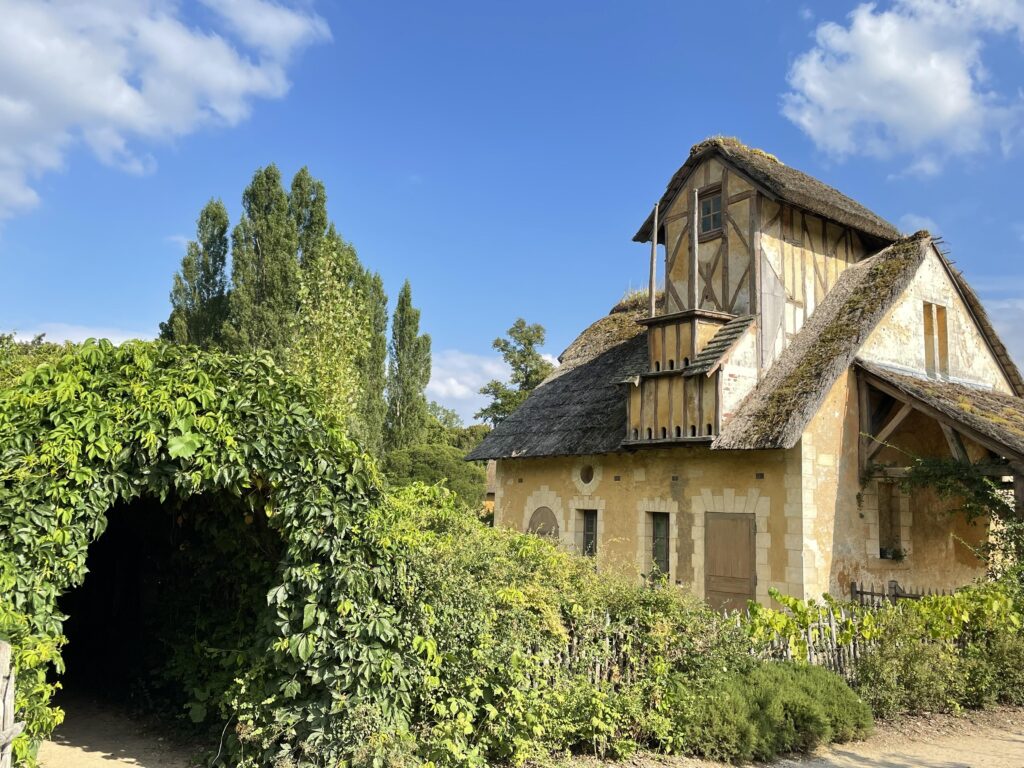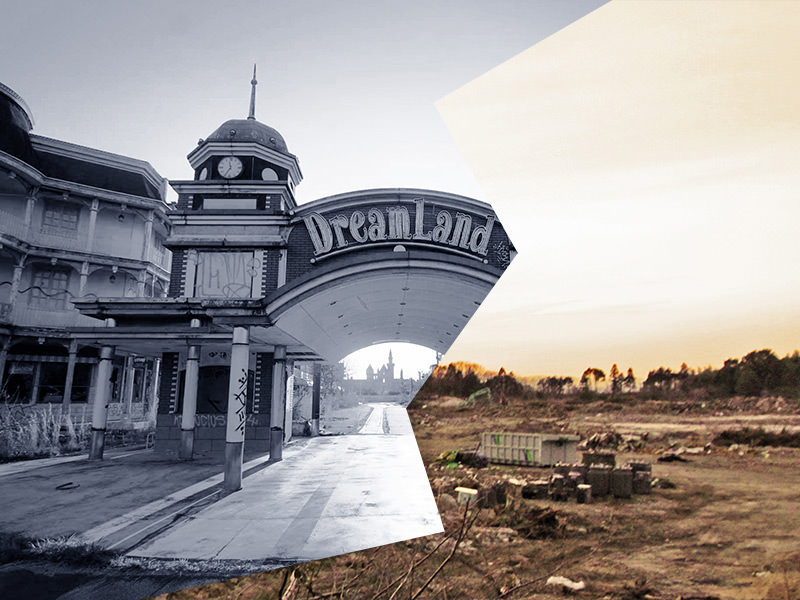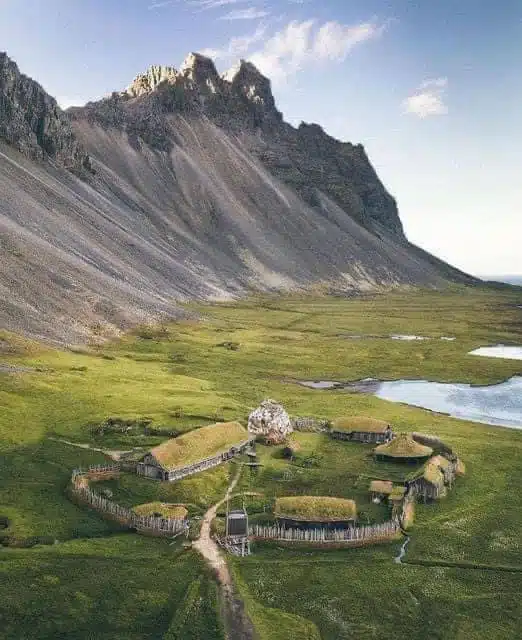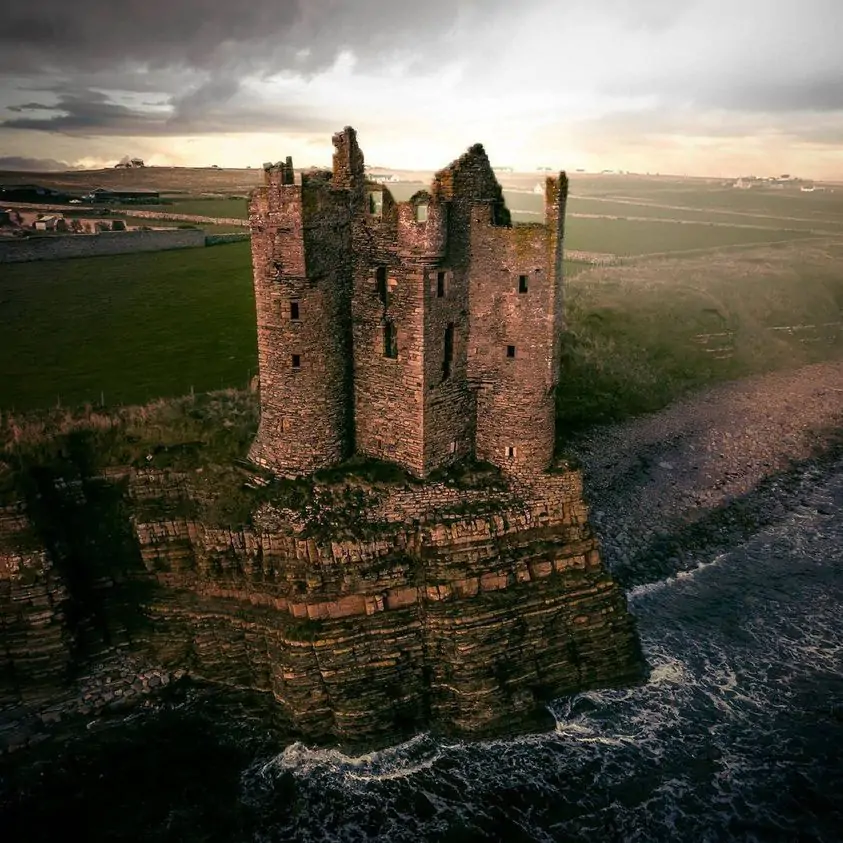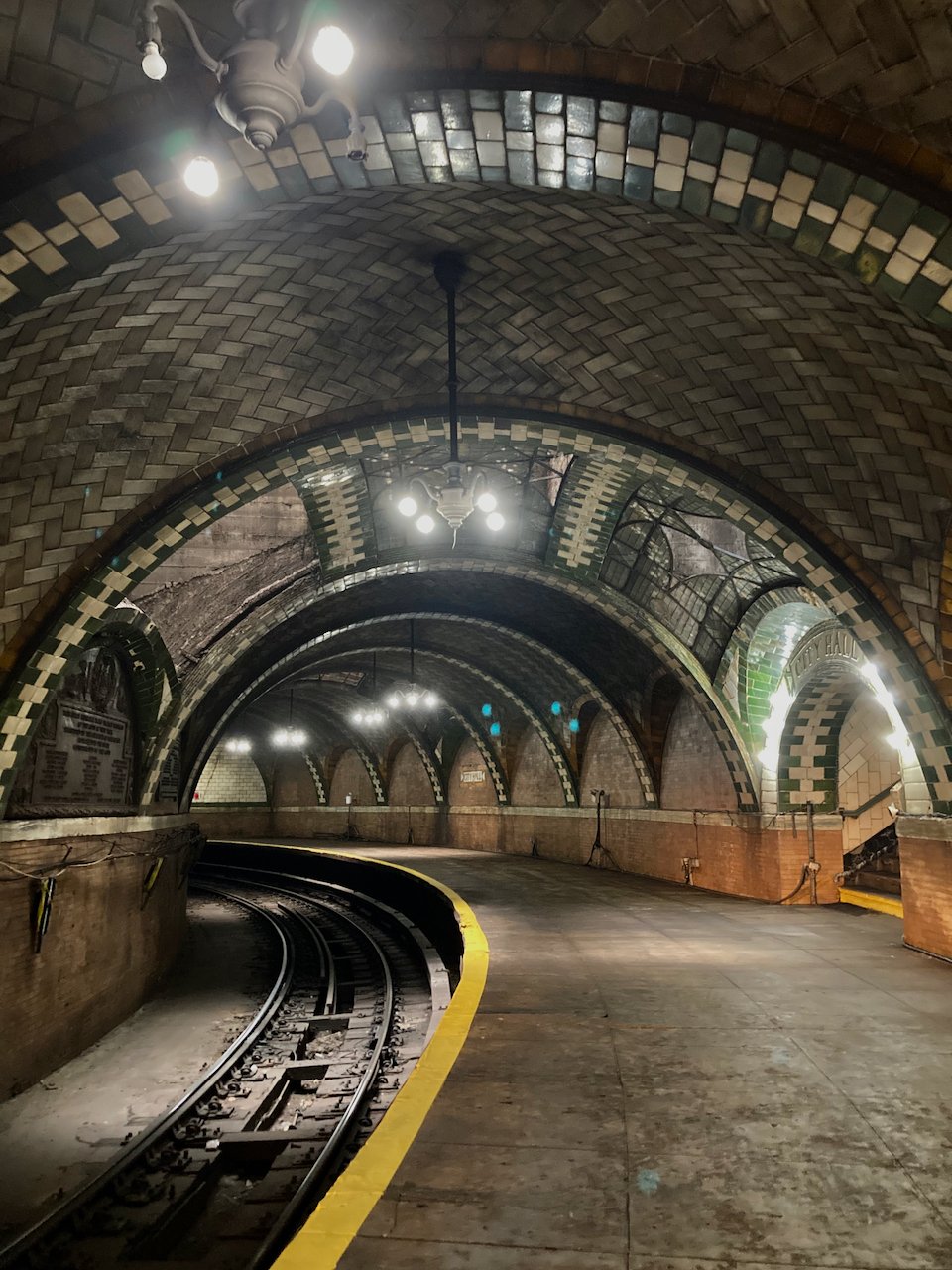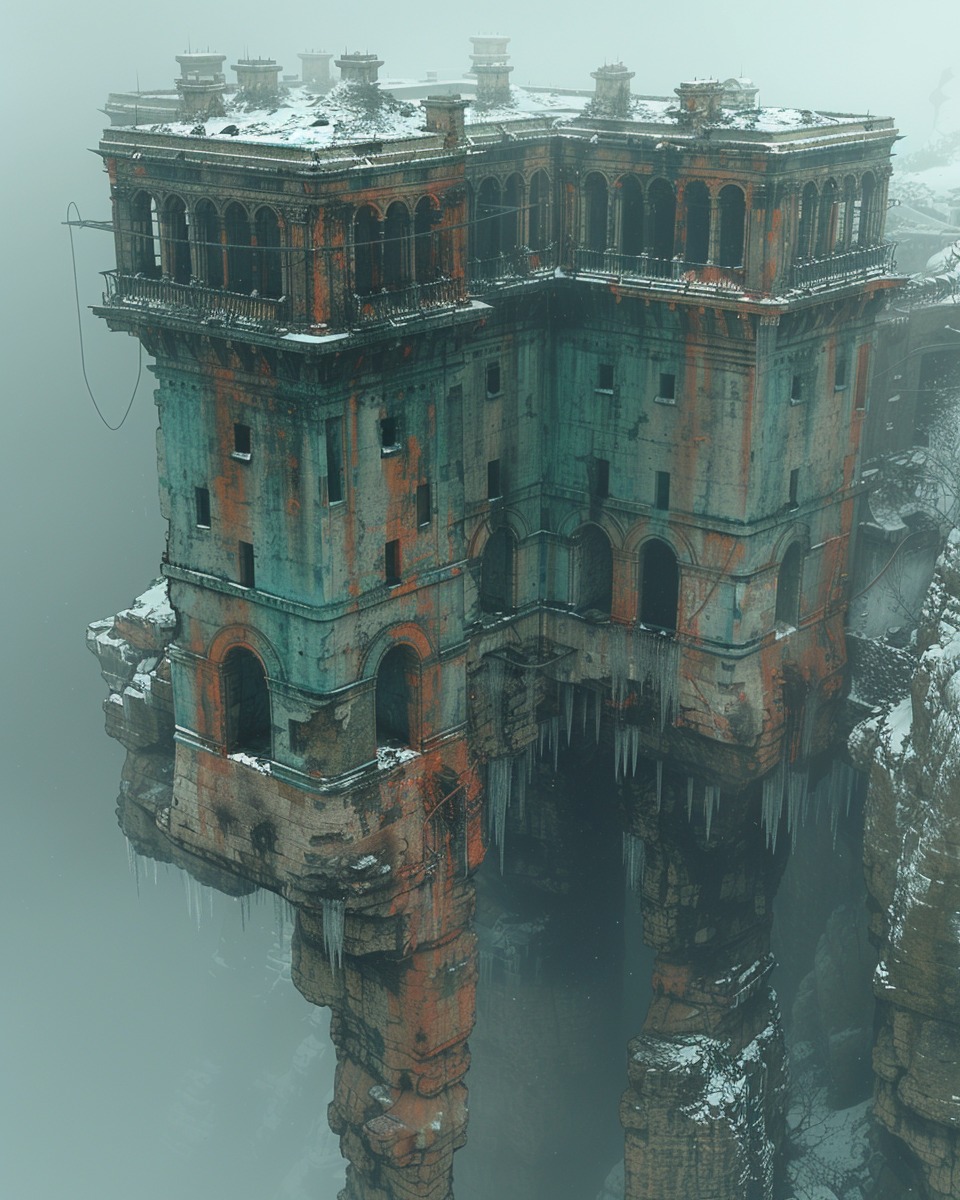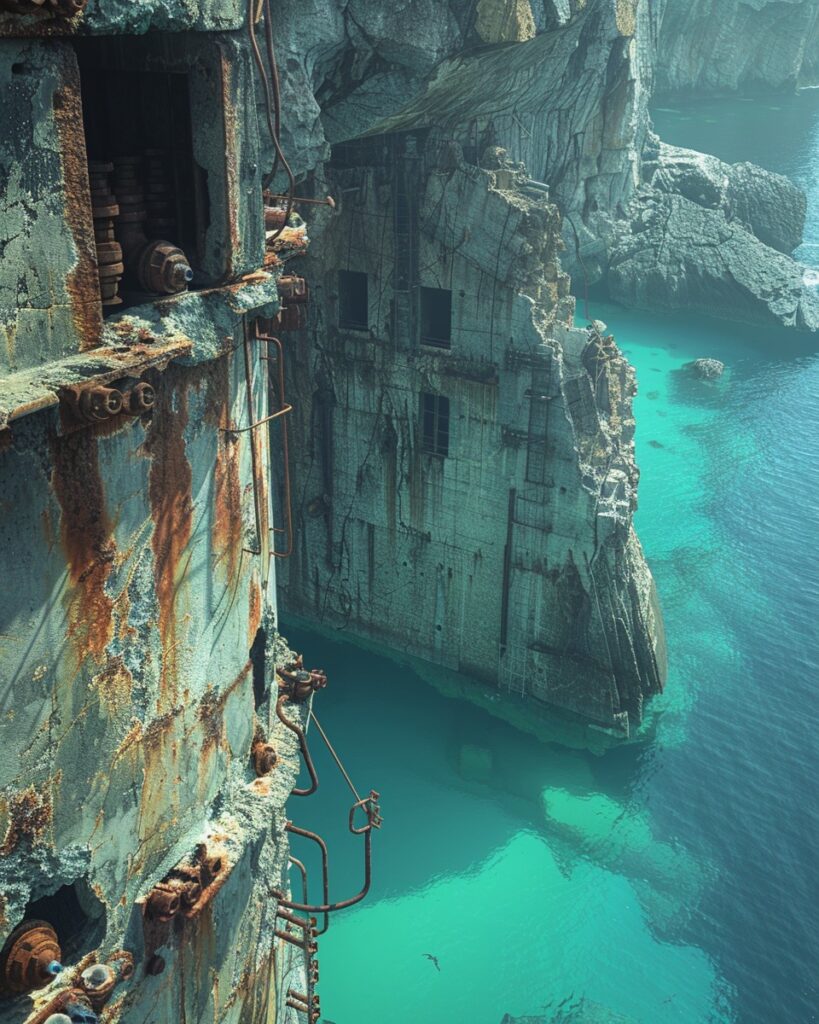What Abandoned Orange Houses Reveal About Our Past and Future
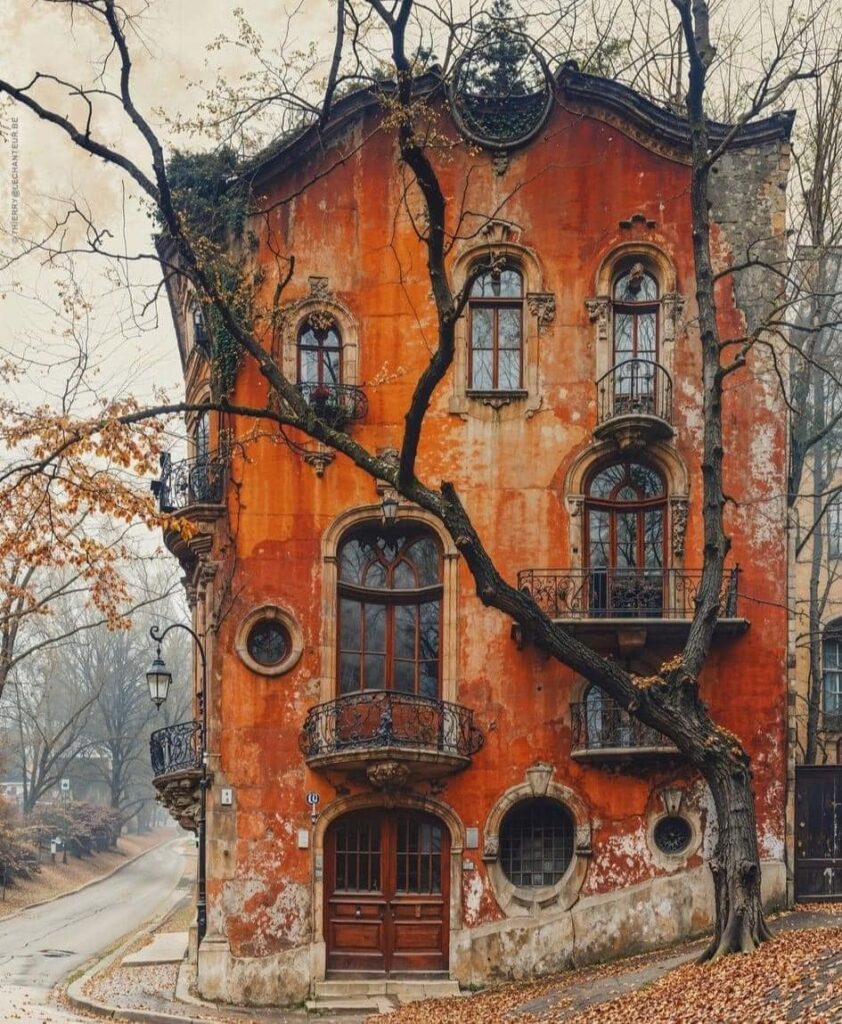
Abandoned houses, especially those in striking orange hues, hold a haunting yet captivating allure. These dilapidated structures tell stories of the past while hinting at what the future could hold for urban landscapes. The vivid color of these abandoned houses stands in stark contrast to their crumbling state, evoking a sense of mystery and nostalgia.
The Rise and Fall of Orange Houses

The origins of these abandoned orange houses can often be traced back to the mid-20th century, when vibrant colors were popular in architectural design. Many of these homes, once thriving family residences, are now left to decay. The striking color choice of orange was symbolic of optimism and warmth, reflecting the aspirations of their original occupants. However, as industries shifted and economic downturns hit certain regions, these homes were gradually abandoned, leaving behind a vivid yet eerie reminder of what once was.
Hidden Stories Within the Walls

Every abandoned house holds countless secrets. Peeling wallpaper, shattered windows, and crumbling staircases tell a tale of what the house endured over decades. The orange hue, though faded, still manages to stand out among the rust and grime, preserving memories of a bygone era. These houses were often homes to blue-collar families, where the orange exterior symbolized hope and energy.
In some cases, these homes are rumored to have ties to local legends, with whispered stories of ghostly apparitions and unexplained noises. The presence of such folklore only adds to the intrigue surrounding these properties. For urban explorers, the lure of these abandoned houses lies not just in their decayed beauty but in the stories that have long been forgotten.
The Environmental Impact of Abandoned Properties
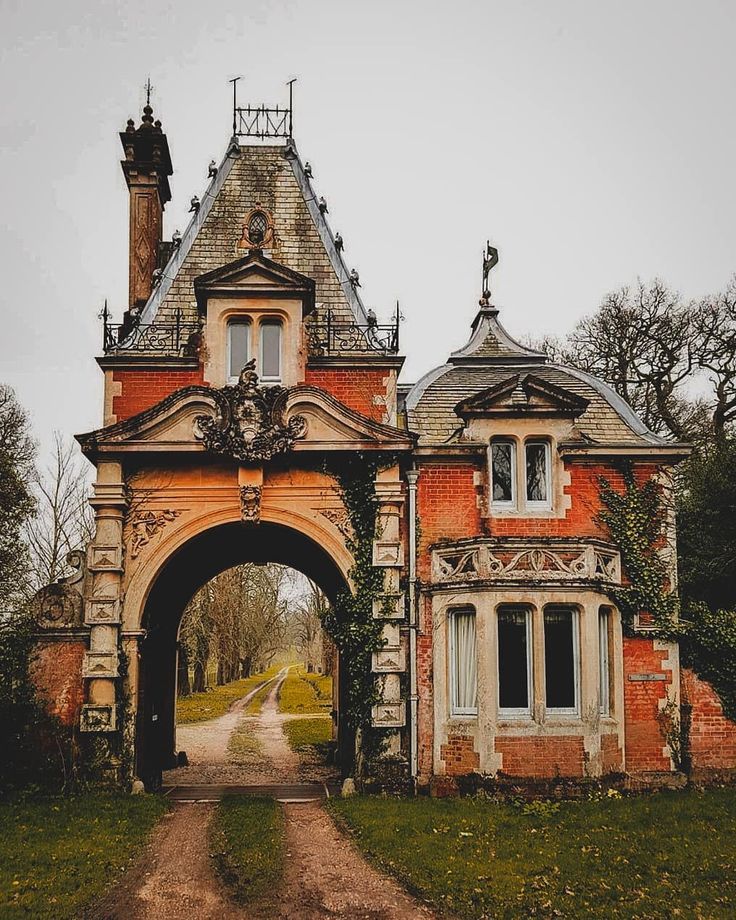
As these abandoned houses continue to deteriorate, they leave behind not just emotional scars but also environmental consequences. Materials like lead paint and asbestos, commonly used in the construction of older homes, can leach into the surrounding soil and water, posing risks to both human health and the ecosystem. Furthermore, as these properties collapse, they become breeding grounds for invasive species, altering the natural balance of the area.
However, there’s a growing movement to reclaim these abandoned spaces. Renovation projects have started to breathe new life into these homes, repurposing them into community centers or creative spaces. In some cases, urban planners are preserving the orange exteriors as a nod to the past, blending old-world charm with modern functionality.
What the Future Holds for These Iconic Structures
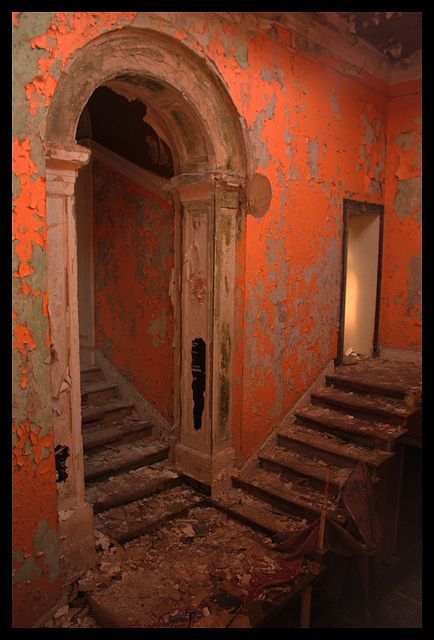
The future of these abandoned orange houses remains uncertain. While some communities see the potential in restoring these unique structures, others view them as eyesores and safety hazards. Yet, there’s no denying that these homes offer a unique glimpse into the social and economic histories of their regions.
In cities with growing populations, revitalizing these abandoned properties is seen as a sustainable alternative to new construction. Adaptive reuse has become a popular trend, allowing developers to preserve the historic orange facades while transforming the interiors into modern living spaces. By doing so, they not only honor the past but also create vibrant neighborhoods that align with the needs of the future.
Exploring Abandoned Orange Houses Safely

For urban explorers and photographers, abandoned houses, especially those painted in bold colors like orange, are a goldmine for dramatic and moody shots. However, safety should always be a priority when entering these derelict spaces. Decaying floors, exposed wiring, and hidden debris are just a few of the hazards that can be encountered.

The mystery and allure of these abandoned orange houses remind us that every building has a life cycle—one that mirrors the rise and fall of the communities they once served. As we look to the future, these structures challenge us to think about how we can creatively reuse our architectural heritage, turning what was once abandoned into something vibrant and meaningful once again.
What Abandoned Orange Houses Reveal About Our Past and Future Read More
